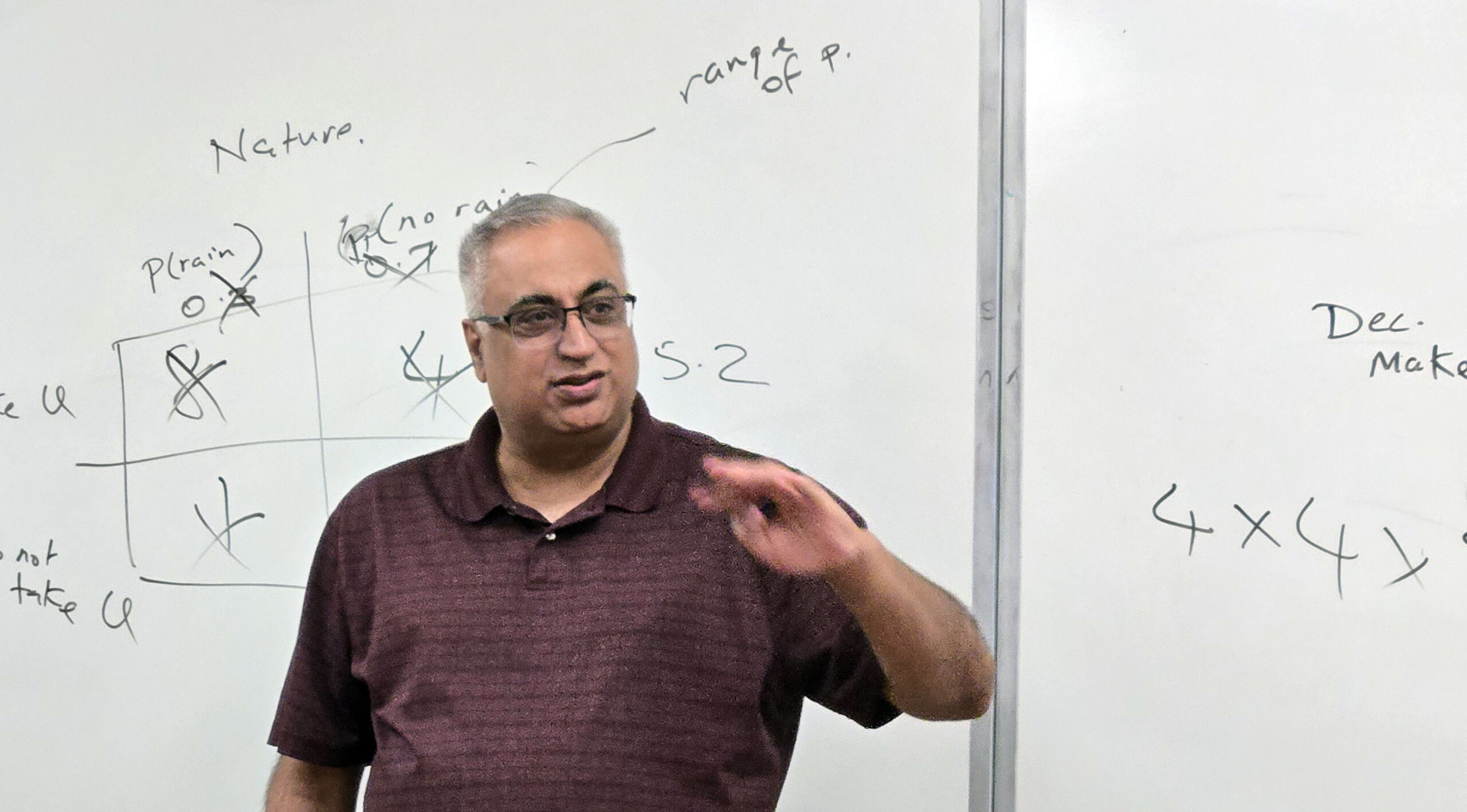Introduction
Control mechanisms in organizational design determine how companies monitor, influence, and measure employee performance to ensure alignment with corporate goals. These mechanisms vary widely depending on the nature of the work, alignment of individual and organizational goals, and the level of task structure. Two foundational theories guide these control choices: Organizational Control Theory and Agency Theory. This article explores the nuanced differences between these theories, applying each to different workplace contexts and examining implications for organizational design, motivation, and risk management.
1. Types of Control Mechanisms
- Clan Control:
- Definition and Application: Clan control is a form of self-regulation among employees who share common goals and values. Instead of relying on formal evaluation systems, organizations that foster clan control create a culture where employees naturally monitor each other, ensuring that individual actions support organizational objectives. Clan control thrives in environments with high goal congruence—when employees’ goals align closely with those of the organization.
- Examples in R&D and Collaborative Settings: Clan control is common in creative and research-driven environments, such as R&D labs and academic research groups, where individuals are motivated by a shared interest in successful outcomes, such as publishing a paper or developing a breakthrough. In these settings, employees feel accountable to their peers, fostering a system of mutual oversight that reduces the need for formal performance evaluation.
- Implications for Organizational Design: Implementing clan control requires a deliberate focus on hiring for cultural fit, extensive onboarding, and continuous reinforcement of shared values. Organizations may need to invest in developing a unifying mission that employees deeply internalize, making formal control mechanisms largely unnecessary.
- Behavioral Control:
- Definition and Suitability: Behavioral control is appropriate for highly structured, repetitive tasks where specific actions and steps are necessary to achieve results. This form of control focuses on monitoring and managing the processes employees follow, rather than evaluating the end outcomes. Behavioral control is effective when tasks are programmable—when they involve clear, repeatable actions.
- Examples of Behavioral Control in Structured Work:
- Manufacturing and Assembly: In an assembly line where tasks are broken down into repeatable steps, such as joining components in a predefined order, behavioral control is straightforward. Managers can monitor whether workers follow the steps as prescribed, ensuring consistency in quality and output.
- Undergraduate Classes: For undergraduate students, tasks are often well-defined, such as attending classes, submitting assignments, and following structured curricula. Performance can be evaluated based on attendance, punctuality, and adherence to guidelines, rather than on complex outputs, like original research or innovative solutions.
- Challenges of Behavioral Control: Although behavioral control works well for structured tasks, it can stifle creativity in roles that require adaptability or problem-solving. Highly programmable jobs might lead to disengagement among employees who prefer autonomy and variety.
- Outcome Control:
- Definition and Best Use Cases: Outcome control is used when it’s impractical to monitor behaviors directly, often due to the unstructured or complex nature of tasks. Instead of assessing the process, managers evaluate the results employees achieve. This approach is suitable for roles where outcomes are more measurable than individual actions.
- Examples of Outcome Control in Unstructured Roles:
- Sales: In retail sales, each customer interaction varies, making it hard to evaluate the steps taken by sales associates. Therefore, outcome control is used, evaluating success by sales volume or customer satisfaction scores.
- Academic and Research Roles: Professors and researchers perform tasks that are too complex and individualized for behavioral monitoring. Their performance is instead assessed based on publications and research impact, which are outcome-based metrics.
- Limitations of Outcome Control: Outcome control may inadvertently shift risk to employees, as they’re held accountable for factors outside their control, such as economic conditions or fluctuating market demands. In sales, for instance, a salesperson’s commission might suffer due to low foot traffic, not poor performance, leading to potential dissatisfaction.
2. Theory Propositions and Key Constructs
- Proposition 1: Goal Congruence and Clan Control:
- Theory and Rationale: When employees’ goals align with the organization’s, there’s minimal need for formal performance evaluation systems. In such environments, clan control emerges as the primary mechanism. Here, shared culture and collective oversight among peers replace top-down management, creating a natural, self-regulating system.
- Construct of Goal Congruence: Goal congruence is the alignment of personal goals with organizational objectives. In high congruence environments, such as research teams or creative units, employees are driven by intrinsic motivation, mutual accountability, and loyalty to the team’s mission.
- Practical Application: Clan control is often seen in smaller organizations or specialized teams where hiring practices emphasize cultural fit and shared values. It’s less feasible in large, hierarchical organizations due to the difficulty of maintaining uniformity in values and close relationships among employees.
- Proposition 2: Task Programmability and Outcome Measurability in Control Choice:
- Task Programmability: The level of structure in a task determines whether behavioral control is feasible. Highly programmable tasks (e.g., routine assembly line jobs) allow managers to evaluate performance by monitoring whether employees follow set processes.
- Outcome Measurability: When tasks lack structure, outcomes provide a clearer metric for evaluation. Outcome measurability is the extent to which results can be defined, tracked, and evaluated, often using quantifiable metrics.
- Control Strategy Implications: As task programmability increases, so does the likelihood of behavioral control. In contrast, outcome measurability favors outcome control. For example, in creative or strategic roles where behaviors are unpredictable, outcome-based control metrics like sales or publication counts are used to evaluate success.
3. Differences Between Agency Theory and Organizational Theory
- Focus on Economic Costs in Agency Theory:
- Agency theory is fundamentally an economic model, emphasizing costs, risks, and rewards. It assumes that principals (managers) and agents (employees) have divergent goals, leading to the need for control systems that either monitor behaviors or incentivize outcomes.
- Comparative Cost Analysis: Agency theory considers the costs of monitoring behaviors versus measuring outcomes, including any risk premiums required to incentivize agents. For example, monitoring salespeople may be more costly than evaluating sales results, but outcome-based pay structures often require higher rewards to offset the risks agents bear.
- Task Structure in Organizational Theory:
- Organizational theory, in contrast, centers on the inherent structure of tasks rather than economic costs. It evaluates control strategies based on task programmability (the ability to monitor behavior) and outcome measurability (the ability to track results), without explicitly factoring in the costs of these actions.
- Goal Alignment vs. Divergence: Unlike agency theory, which assumes goal divergence, organizational theory allows for clan control, where aligned goals minimize the need for formal oversight. This concept is rooted in the belief that socialization and cultural indoctrination can foster alignment and reduce monitoring needs.
4. Practical Examples and Implications
- Retail Sales Compensation and Risk:
- Behavioral vs. Outcome Control: In retail, behavior-based control might involve hourly wages and monitoring attendance, ensuring employees are present regardless of sales performance. Outcome control, on the other hand, involves commission-based pay, linking earnings directly to sales volume and transferring demand risk to the employee.
- Risk and Compensation: Agency theory suggests that employees facing greater risk (e.g., commission-only pay) should receive additional compensation to offset this risk. In situations with unpredictable customer traffic, sales staff might expect higher commission rates as compensation for income variability.
- Humanist Theories on Job Design and Motivation:
- Humanist Concerns with Programmable Jobs: Humanist theories emphasize job satisfaction, suggesting that excessively programmable, repetitive tasks undermine intrinsic motivation. To make roles engaging, humanists propose designing jobs that challenge employees, blending behavioral and outcome control.
- Layered Control Strategies: Organizations can structure jobs at varying complexity levels, applying behavioral control for routine tasks, combining behavioral and outcome control for moderately complex tasks, or relying solely on outcome control for high-level roles. For example, highly creative roles may demand outcome control, while simpler tasks can benefit from close behavioral monitoring.
- Historical Insights: The Hawthorne Effect:
- Behavioral and Outcome Control in Industrial Settings: The famous Hawthorne experiments demonstrated how behavioral control (e.g., dimming lights to give the impression of oversight) and outcome control (posting daily productivity numbers) could enhance productivity. The outcome feedback motivated employees through competition, while behavioral cues reminded them of ongoing oversight.
5. Conclusion: Integrating Control Theories for a Holistic Approach
Control mechanisms in organizations are diverse and depend on task characteristics, employee goals, and organizational culture. Eisenhardt’s framework integrates the social alignment focus of organizational theory with the cost and risk-centered analysis of agency theory, offering a comprehensive approach to choosing control strategies. By understanding when to apply clan, behavioral, or outcome control, organizations can create flexible, responsive systems that encourage motivation, reduce unnecessary monitoring costs, and align individual efforts with organizational goals.
The key takeaway from Kathleen Eisenhardt’s paper is that the choice of control strategy in organizations—whether behavior-based, outcome-based, or clan control—depends on three main factors:
- Task Programmability: How structured or routine a task is determines whether behaviors can be easily monitored. Highly structured tasks align with behavior-based control, where managers monitor specific actions, while less structured tasks require outcome-based control, where results are evaluated.
- Outcome Measurability: The ability to clearly define and measure outcomes makes outcome-based control more feasible. When outcomes are measurable, it’s easier to evaluate employees based on their results rather than their specific behaviors.
- Risk and Cost: Agency theory introduces the economic considerations of control, highlighting that outcome-based control shifts risk to employees, who need compensation for bearing this risk. Costs of monitoring behavior versus outcomes also play a role in selecting the appropriate control approach.
By integrating organizational theory (focusing on task and outcome characteristics) and agency theory (focusing on costs, risk, and reward structures), Eisenhardt’s framework provides a nuanced approach for choosing control strategies that balance efficiency, employee motivation, and risk-sharing.










Leave a Reply